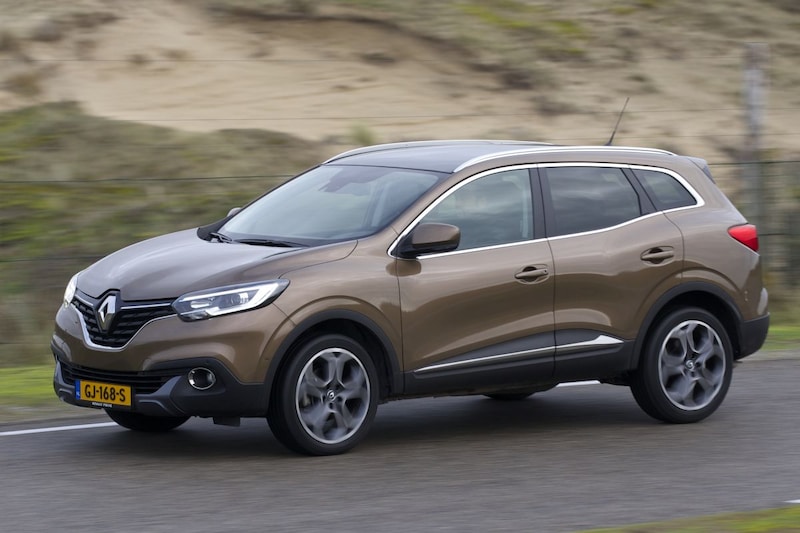Is scrapping diesel a good idea?

SUVs are hard to come by, you can see that both in the sales figures and on the street. If we look at the practical consumption of the Renault Kadjar, one thing stands out: almost half of them in the AutoWeek Consumption Monitor have a diesel engine under the hood. How much does such a mid-class SUV with a diesel engine consume in practice?
So many Kadjars with a diesel engine is striking, you would say. After all, Diesel is in the dark corner. The Renault Austral, successor to this Kadjar, is no longer even available with a self-igniter. Under the hood you will only find partially electrified petrol engines. Is Renault doing the right thing by scrapping this motorisation?
Economical with diesel
All Renault Kadjar dCi’s in the AutoWeek Consumption Monitor have the 110 hp 1.5 in the front. This gives owners a consumption of 5.1 l/100 km, which, converted to more practical values, amounts to 1 in 19.7. Values that have so far only been matched or bettered by the Hyundai Ioniq Hybrid and Toyota Yaris Hybrid – on petrol – in this section.
The value is less positive than the official test cycle promises. The Kadjar dCi 110 Intens from 2015 has a factory specification of an average of 3.8 l / 100 km, or 1 in 26.3. The driver who comes closest to this notes a particularly neat 1 to 24.1. The difference with the manufacturer’s specification is then reduced to 9.2 percent, while the Kadjar dCi’s in the AutoWeek Consumption Monitor collectively deviate from this by 35 percent. In this section we will not look at that anymore.
CO2 emissions compared to petrol
Finally, let’s calculate how much CO2 the Kadjar dCi emits in practice. One liter of burnt B7 diesel results in tank-to-wheel emissions of an average of 2,474 grams of CO2. In the case of the Kadjar dCi, this leads to emissions of 126 grams per kilometer driven. This is comparable to the emissions of a car that consumes 1 in 17 on E10 petrol. After all, a liter of petrol contains slightly less energy than a liter of diesel and therefore, at 2,141 grams, ensures lower CO2 emissions per liter burned.
Is scrapping the diesel a good move or not? That requires an experiment. Do you drive a Renault Austral with a petrol engine or are you going to do so soon? Then keep track of your consumption in the AutoWeek Consumption Monitor. If the average practical consumption of this car is better than 1 in 17, then the diesel engine has not been sacrificed for nothing.
.
– Thanks for information from Autoweek.nl